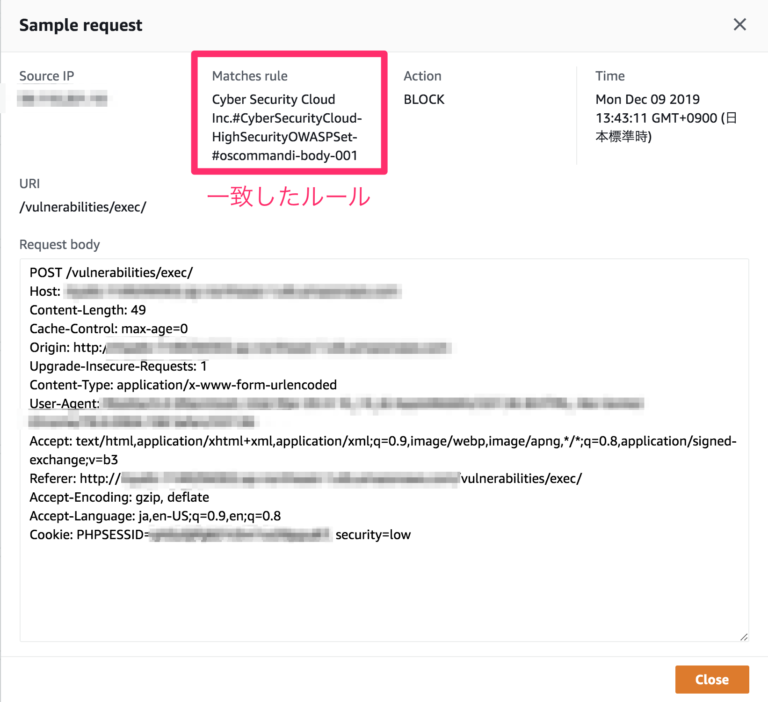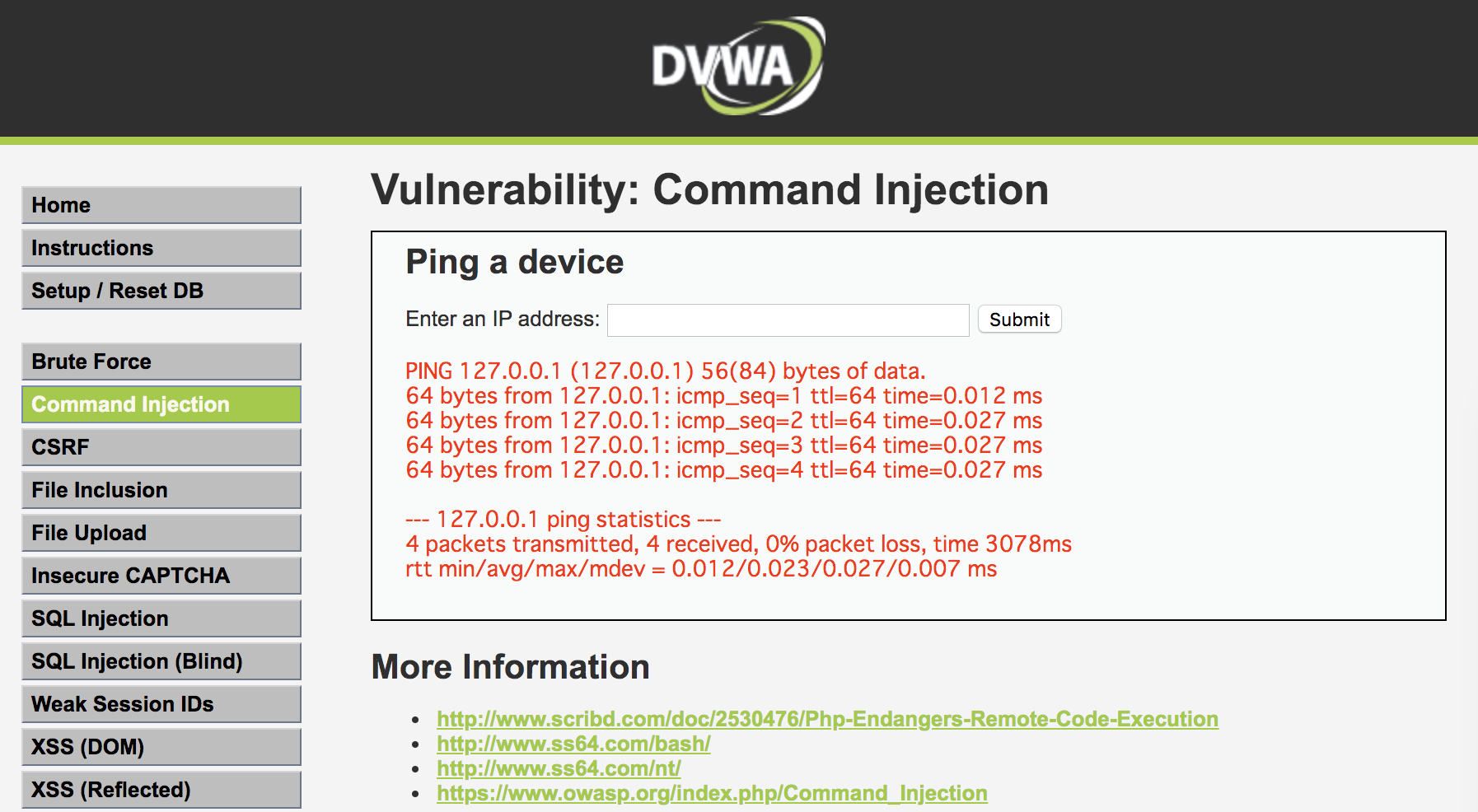

AMRs also include IP reputation lists based on Amazon threat intelligence that can help reduce your exposure to bot traffic or exploitation attempts. The core rule set covers some of the common security risks described in the OWASP Top 10 publication. With just a few clicks, these rules can help protect your web applications from new and emerging risks, so you don’t need to spend time researching and writing your own rules. AWS Managed RulesĪWS Managed Rules (AMRs) are a set of AWS WAF rules curated and maintained by the AWS Threat Research Team. WCU is a measurement that is used to calculate and control the operating resources that are used to run your rules with your web access control list (web ACL).

The web ACL capacity unit (WCU) is a new concept that we introduced to AWS WAF. Firewall Manager simplifies the administration of AWS WAF rules at scale across multiple accounts. Before we get into the content of the blog, here’s some background information you should know.ĪWS WAF rules define how to inspect web requests and what to do when a web request matches the inspection criteria. In addition, we share an AWS CloudFormation template that you can use to set up Firewall Manager policies, AWS WAF rule groups, and the related AWS WAF rules (both custom and managed rules).

We also walk through how to use the recently launched feature that enables centralized logging for your AWS WAF policies. Firewall Manager already supported AWS WAF Classic and continues to do so.) In this blog, we walk you through the steps of setting up Firewall Manager policies for AWS WAF and highlight some of the options available. (Note that the original AWS WAF APIs are still available and supported under the name AWS WAF Classic. Since AWS Firewall Manager was introduced in 2018, it has evolved with many more features and today also supports the newest version of AWS WAF, as well as the latest AWS WAF APIs (AWS WAFV2), and AWS Managed Rules for AWS WAF.

September 9, 2021: Amazon Elasticsearch Service has been renamed to Amazon OpenSearch Service. To prevent breaking changes, AWS KMS is keeping some variations of this term. October 29, 2021: AWS KMS is replacing the term customer master key (CMK) with AWS KMS key and KMS key.


 0 kommentar(er)
0 kommentar(er)
